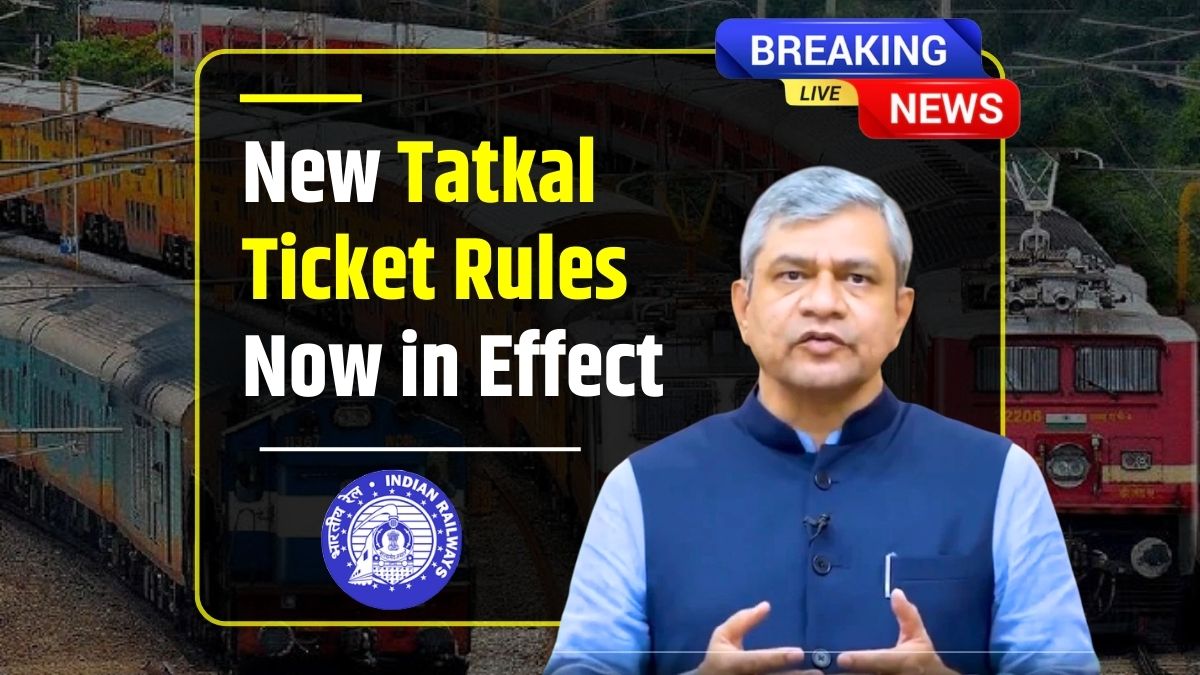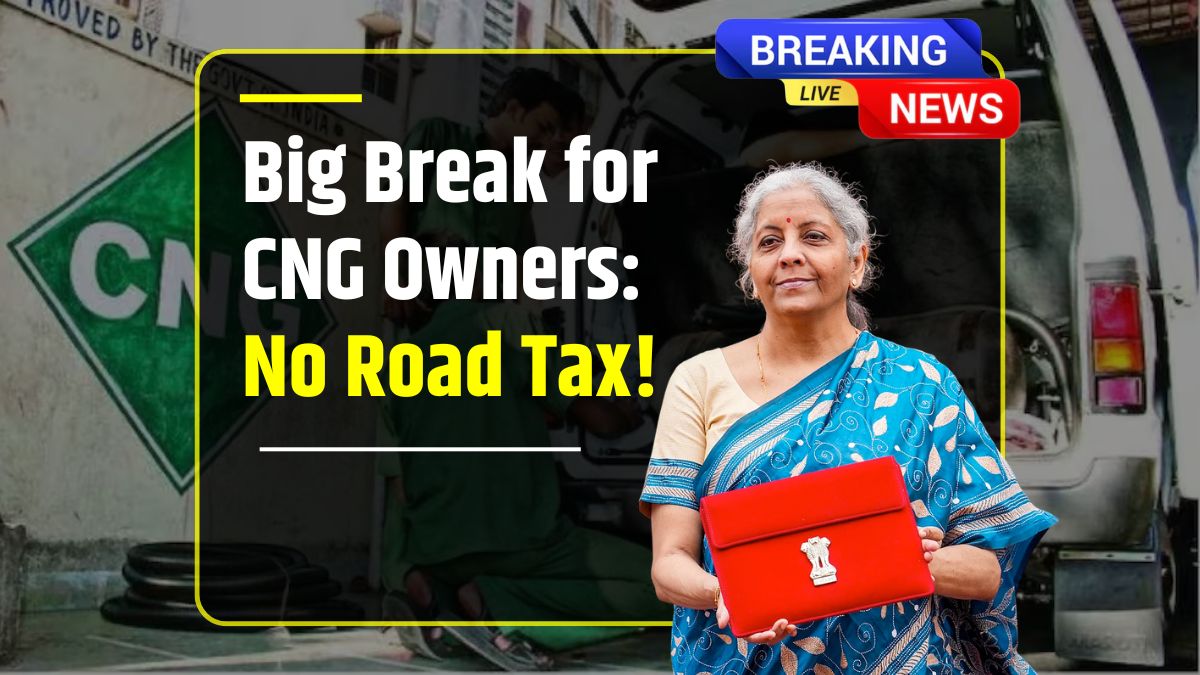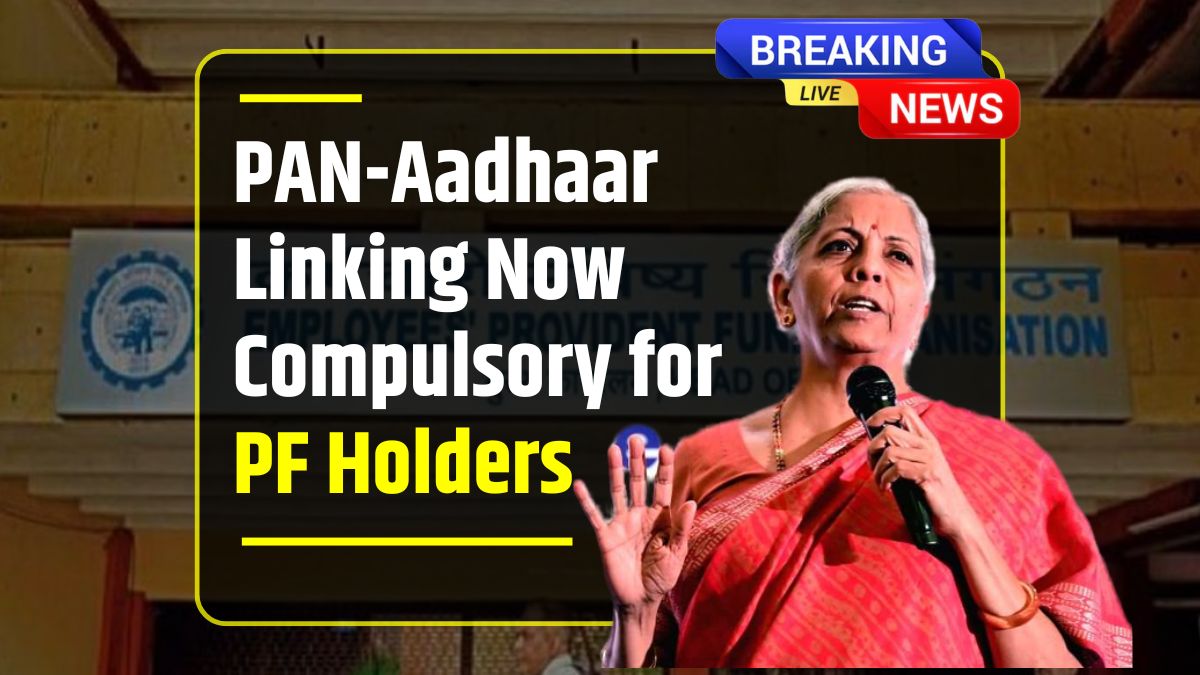UPS Pension Scheme – If you’re a central government employee and tired of the uncertainties of the stock market tied to your pension, there’s some big news for you. Starting April 1, 2025, the government has officially rolled out the Unified Pension Scheme (UPS)—a new option that allows employees to shift from the National Pension System (NPS) to something a bit more predictable.
So, what’s the deal with this switch? How’s UPS different from NPS, and what does it mean for your future monthly income? Let’s break it all down in simple terms.
What’s the Big Change?
Under the new rules, government employees now have the choice to migrate from NPS to UPS. The main benefit? Unlike NPS, which is market-linked and comes with risks, UPS guarantees a fixed monthly pension after retirement. That means no more worrying about market fluctuations affecting your post-retirement income.
And yes—it’s officially in effect from April 1, 2025.
NPS vs UPS: What’s the Difference?
Let’s get real for a second. NPS has been the go-to retirement scheme for years, but it’s tied to market performance. This means your final pension depends on how well your investments in stocks and bonds do. Some years it could be great, other times—well, not so much.
Here’s how UPS stands out:
| Feature | NPS | UPS |
|---|---|---|
| Type of Scheme | Market-linked | Fund-based, fixed pension |
| Risk | High (depends on market) | Low |
| Pension Amount | Depends on investment performance | Fixed monthly pension |
| Minimum Pension | No guarantee | ₹10,000 per month minimum |
| Government Contribution | Up to 14% | 10% + 8.5% extra (total 18.5%) |
| Flexibility | Can stay or exit | Once opted, can’t return to NPS |
If you want something stable and consistent after retirement, UPS is a safer bet.
How Is Pension Calculated Under UPS?
This is where it gets interesting. Under UPS, your pension is calculated based on your average basic salary for the 12 months before retirement. You’ll get 50% of that average amount as your monthly pension.
To get the full benefit:
- You need to complete 25 years of service to get the full pension.
- If you’ve worked between 10 to 25 years, you’ll still get a proportionate pension—but never less than ₹10,000 a month.
For those who take voluntary retirement (VRS), your pension will kick in from the normal retirement age, not earlier.
What About Contributions?
The contribution system is pretty straightforward:
- You (the employee) contribute 10% of your Basic Pay + DA (Dearness Allowance).
- The government contributes the same 10% plus an additional 8.5%, making it a total of 18.5% from their side.
The cherry on top? The extra 8.5% from the government is tax-free, which adds even more value to this scheme.
How to Switch from NPS to UPS?
Feeling like UPS is the right fit for your retirement plan? Here’s how you can make the switch:
Online Method:
- Head over to the official UPS migration page: https://www.npscra.nsdl.co.in/ups.php
- Click on the “UPS Migration” section.
- Select the UPS option and fill in your details.
- Submit the form and wait for the confirmation message or email.
Offline Method:
- Visit your department and collect the UPS Migration Form.
- Fill it out completely and correctly.
- Submit the form to your concerned government office or HR department.
- Keep a copy for your records.
Just a heads-up: Once you switch to UPS, you can’t go back to NPS. So make sure you’re clear on your long-term goals before making the jump.
Final Thoughts
The new UPS option offers a stable, no-surprise retirement plan—perfect for those who prefer peace of mind over market-linked risks. With a guaranteed pension, better government contribution, and predictable monthly income, it’s a great alternative for many employees nearing retirement.
If you’re a central government employee weighing your options, this is the time to evaluate what works best for your financial future. Just make sure to complete the switch process soon—because as more people get on board, deadlines and restrictions might follow.









